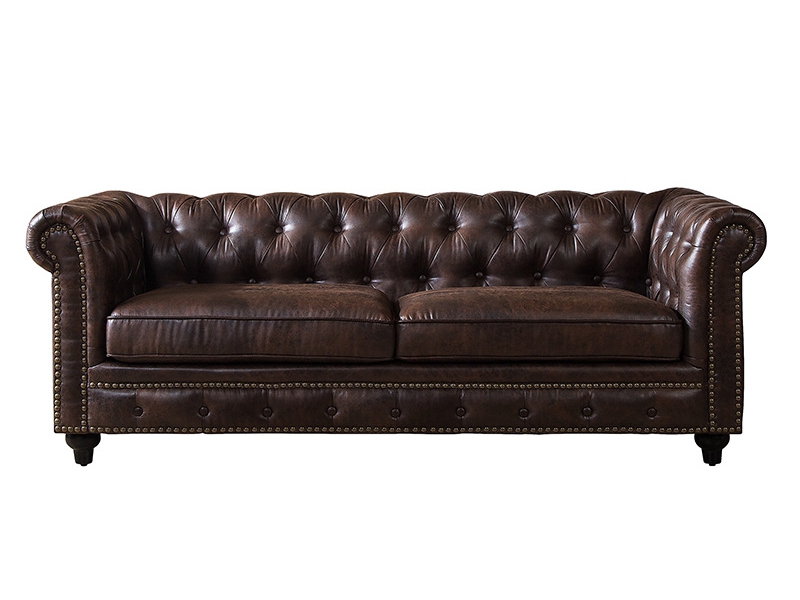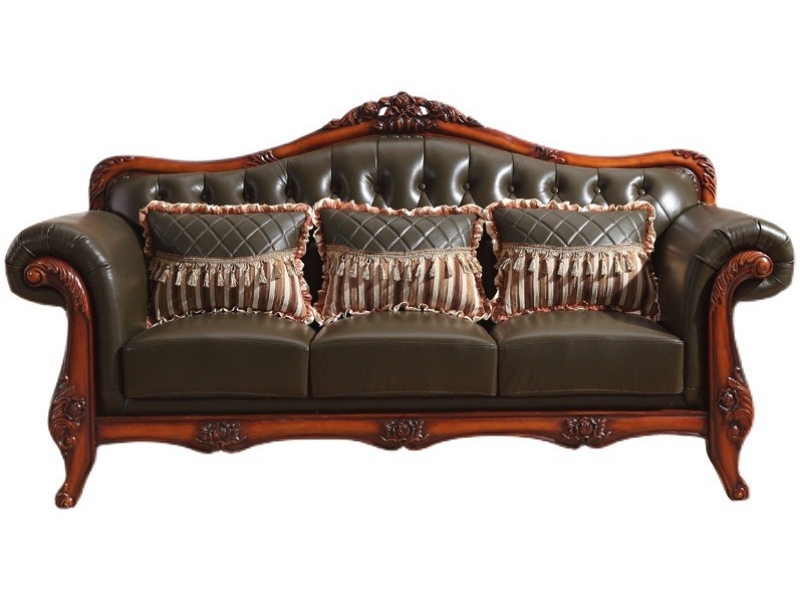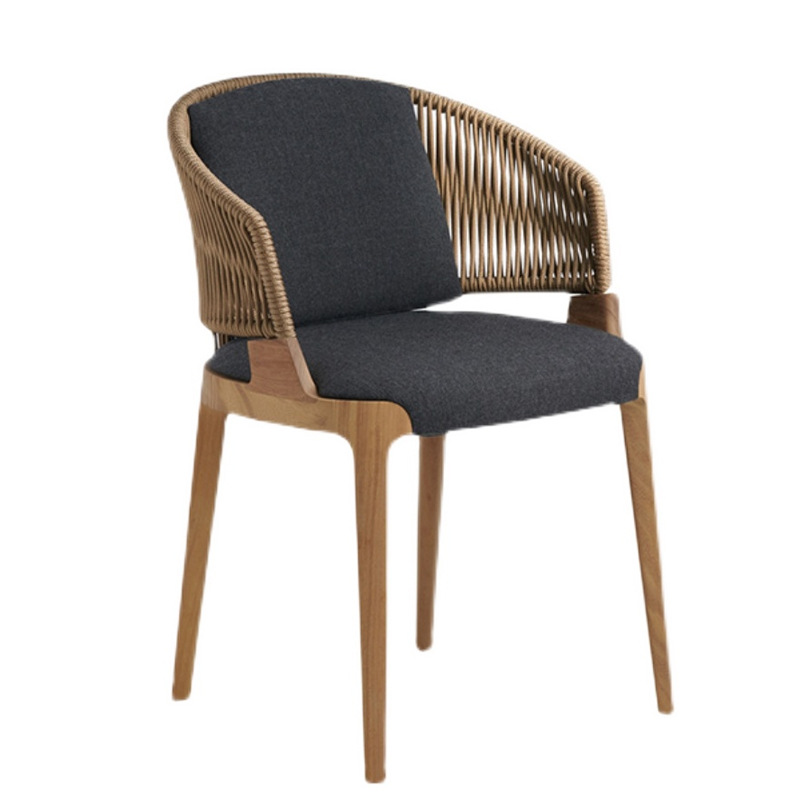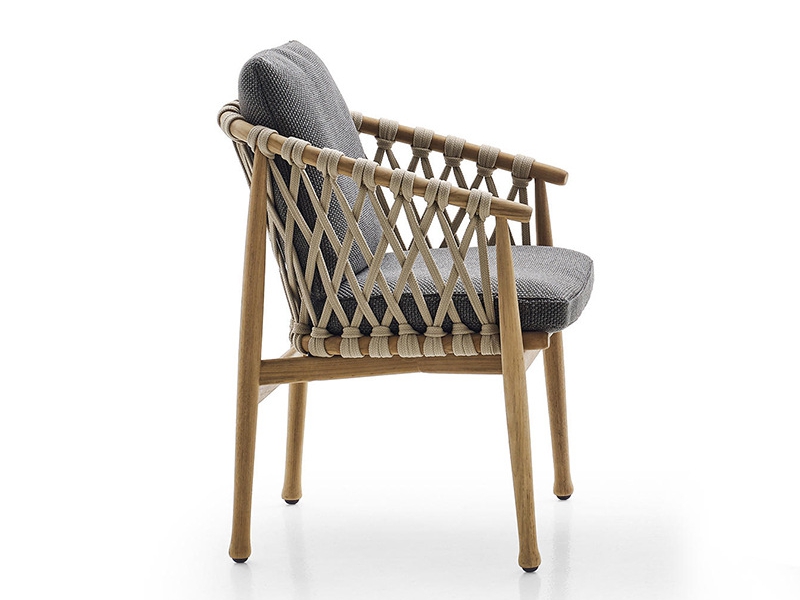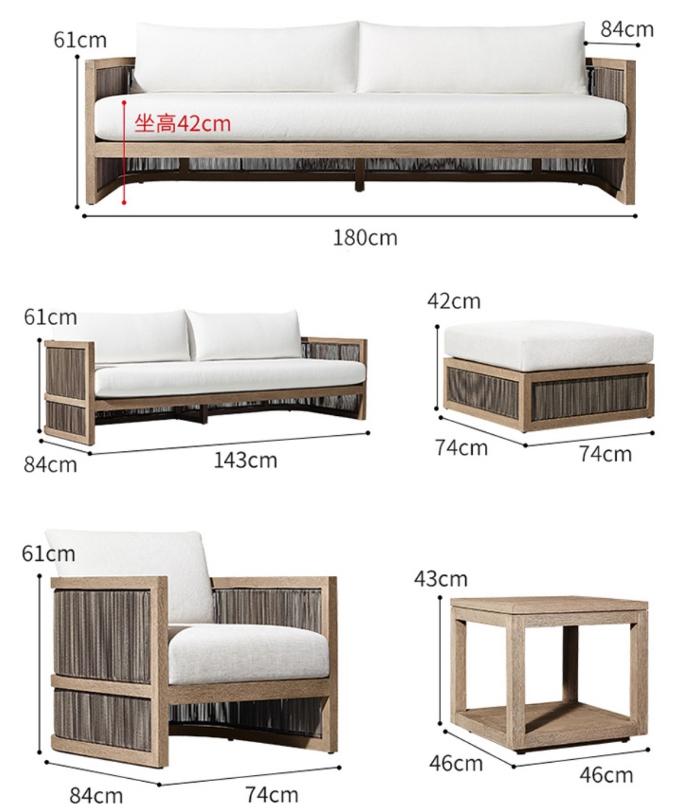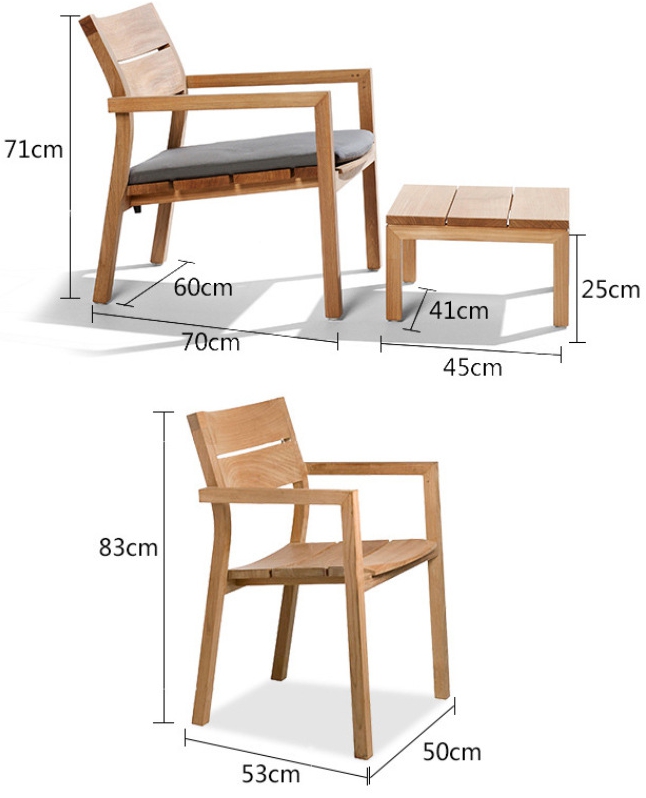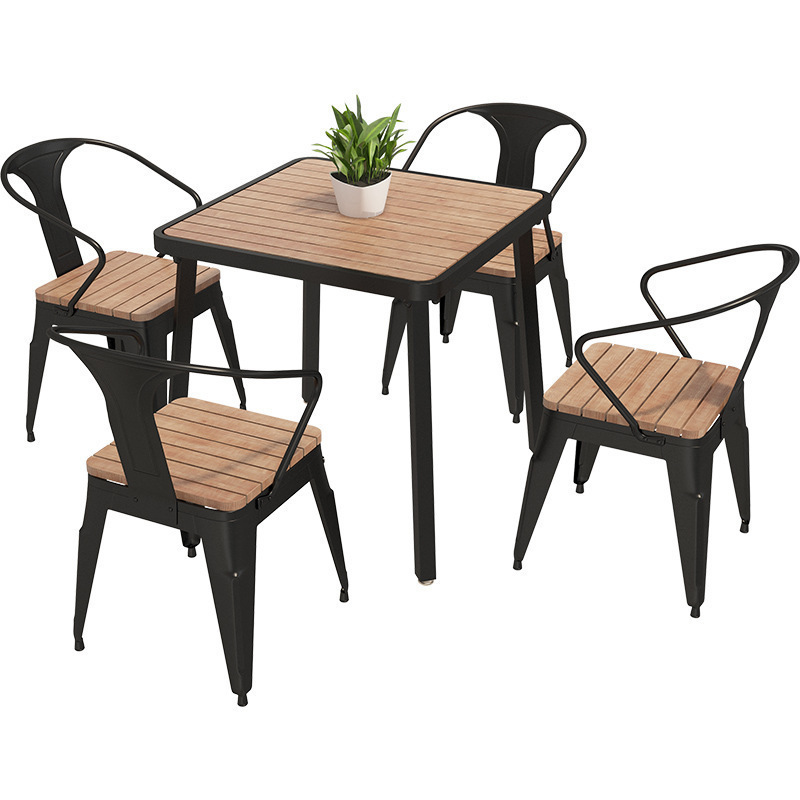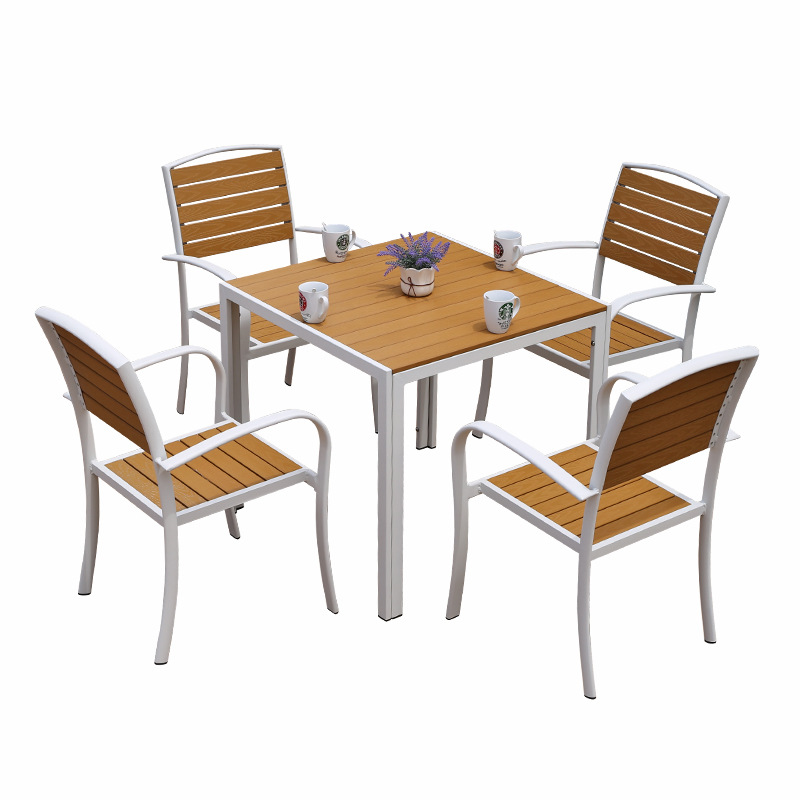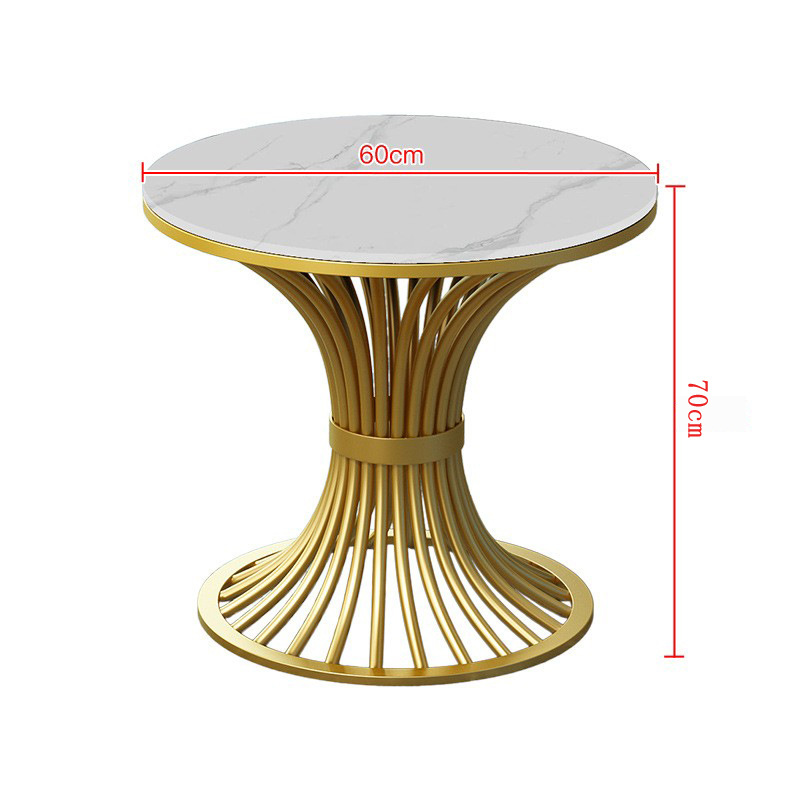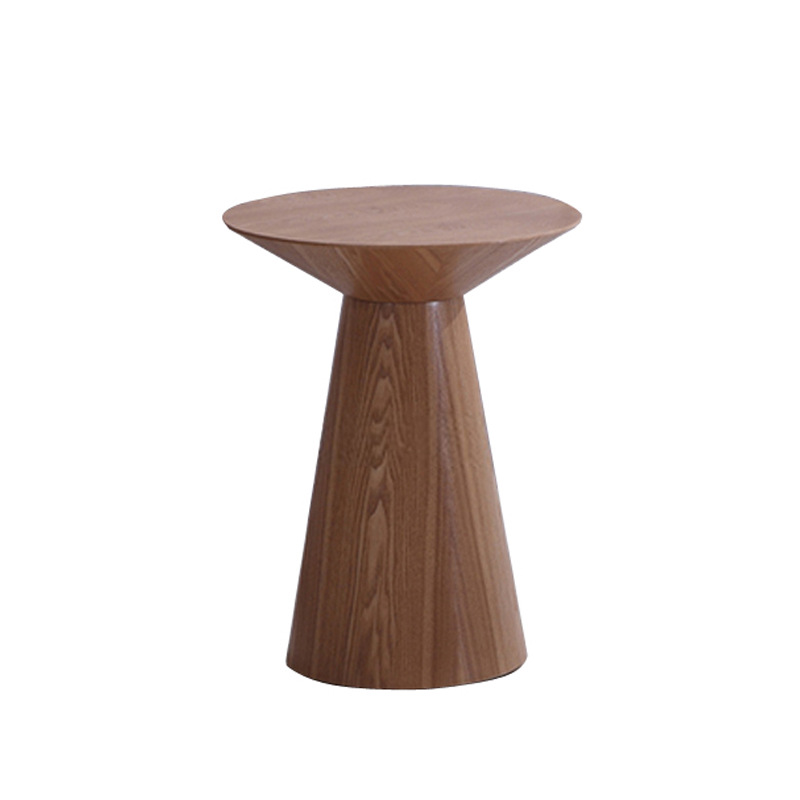Regional Preferences: Hotel Furniture in Asia vs. Europe
Publish Time: 2025-08-22
Hotel furniture choices reflect regional tastes, climate considerations, and cultural values. In Asia, minimalist yet warm interiors dominate, often blending light-toned woods—teak or bamboo—with accents of rice paper screens or lacquered finishes. Low-profile seating, such as platform beds and floor cushions, nod to traditional Japanese and Korean aesthetics. Performance fabrics with moisture-wicking properties address humid climates, while modular components allow quick reconfiguration for events and banquets.

European hotels, by contrast, lean into historic references and artisanal craftsmanship. Dark oak or walnut casegoods, tufted upholstery in rich velvets, and brass detailing reflect centuries of design heritage. In Mediterranean regions, wrought-iron furniture and mosaic-tiled tabletops celebrate local materials and artisanal techniques. Nordic-inspired Scandinavian hotels favor light birch and simple silhouettes, underscoring functionality and natural light.
Functionally, Asian properties often prioritize multi-purpose furniture—guest rooms that convert between business, leisure, and dining modes—mirroring space constraints in dense urban centers. European hotels emphasize decorative statement pieces—ornate console tables, antique-style armchairs—that anchor a room’s character. Durability needs also differ: UV-resistant outdoor loungers are common in Southeast Asia’s resort belt, whereas temperate European climates allow for a broader material palette outdoors.
Sustainability trends transcend regions. Bamboo and rattan in Asia, and reclaimed oak in Europe, meet eco-conscious guest expectations. Nonetheless, local certifications—FSC in Europe, Green Label in parts of Asia—guide procurement. Understanding these regional nuances ensures that furniture selections resonate with local expectations while supporting operational needs.



